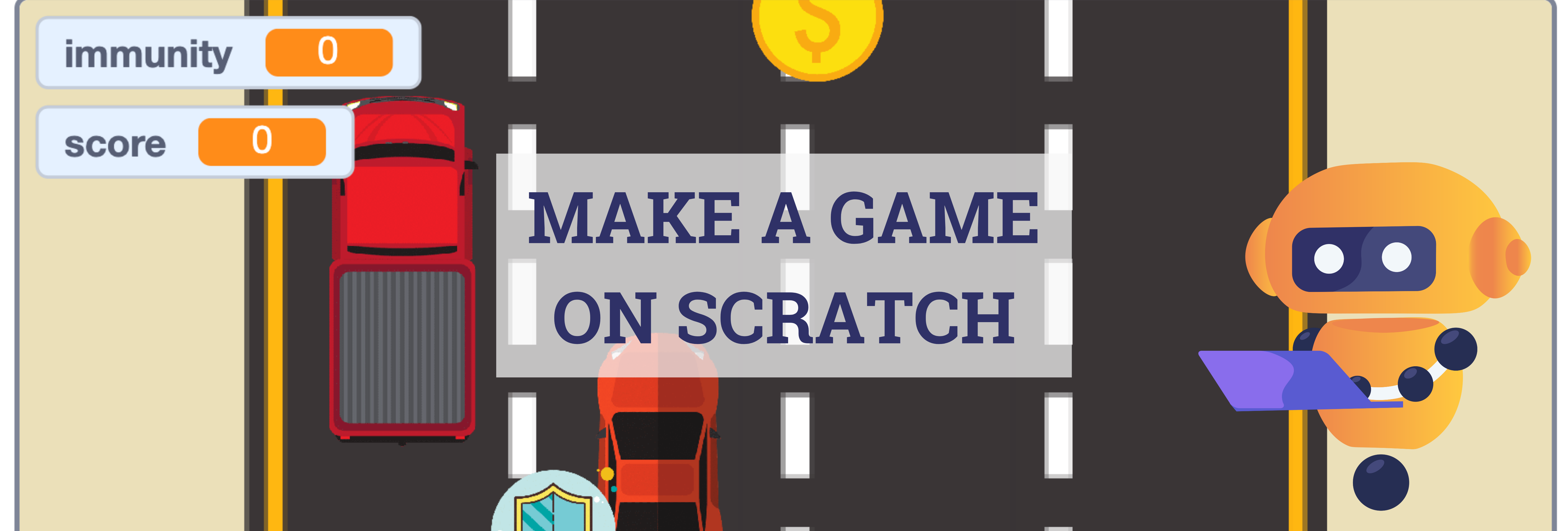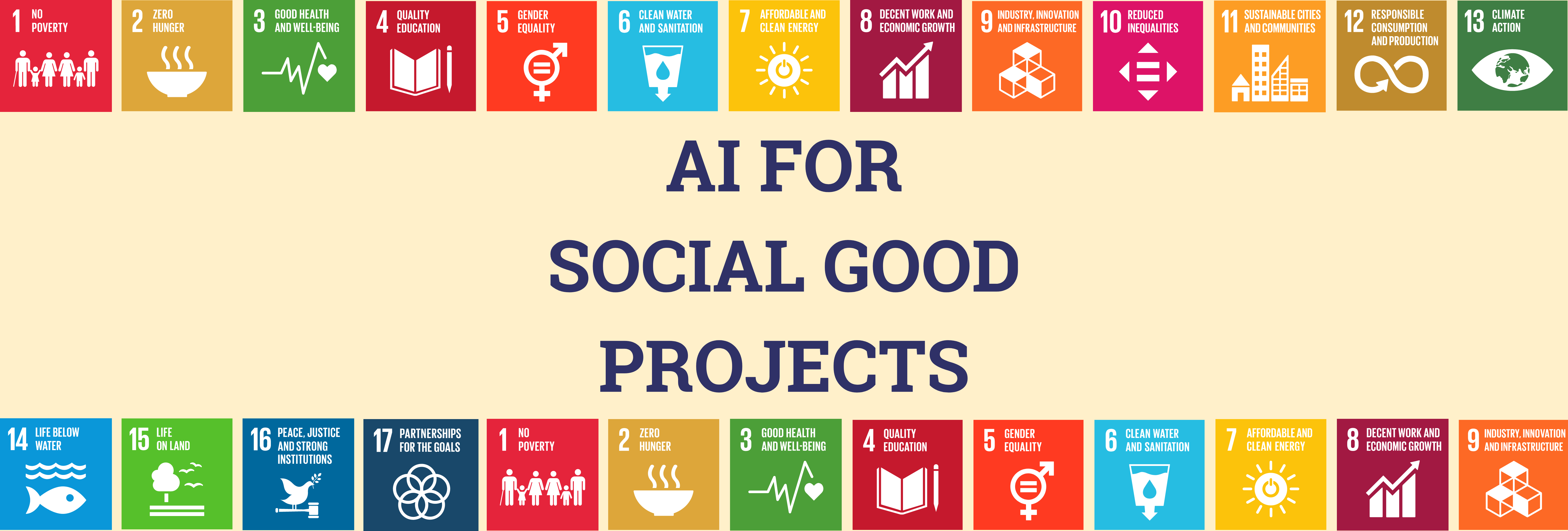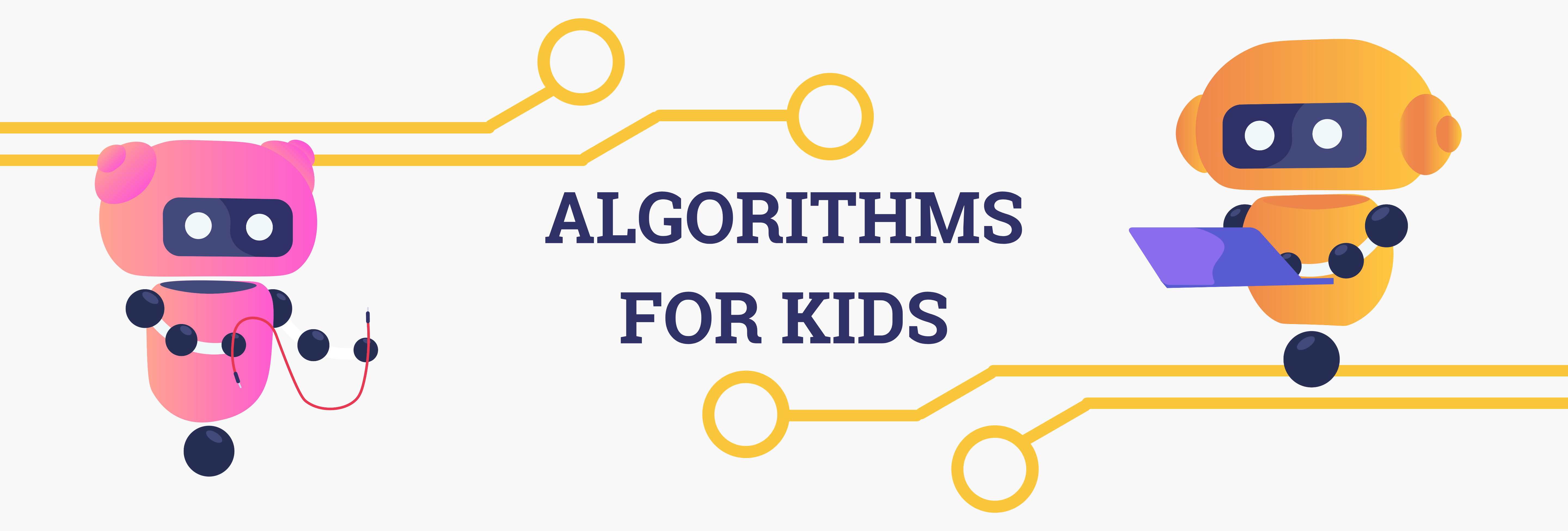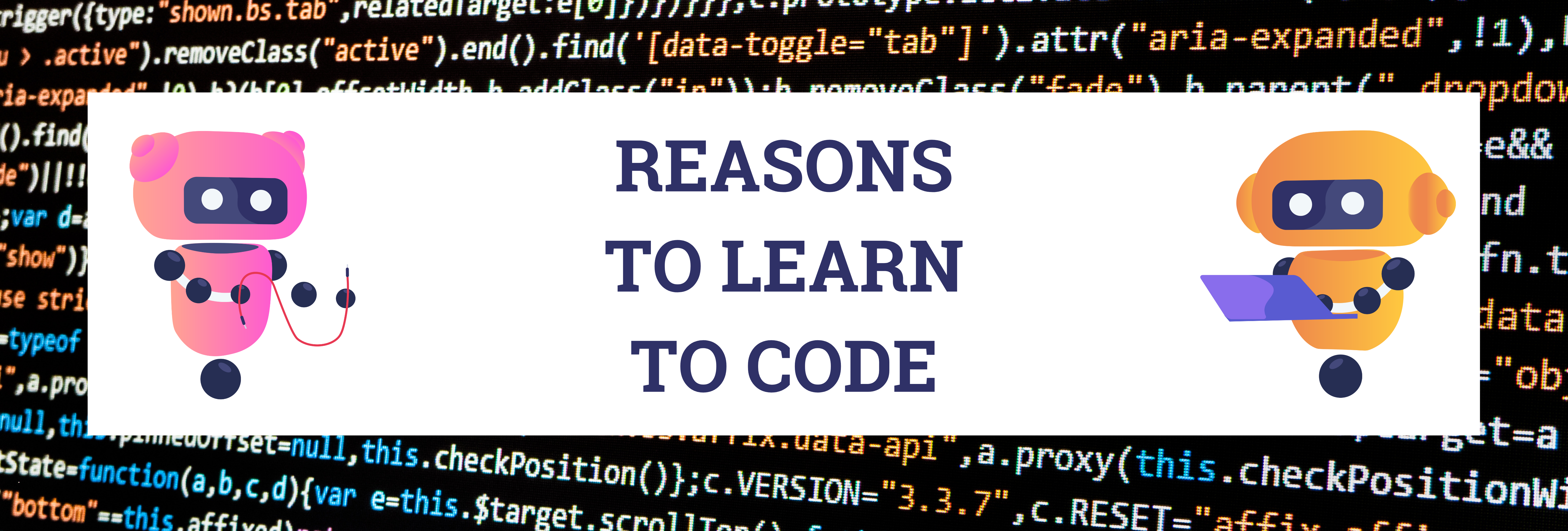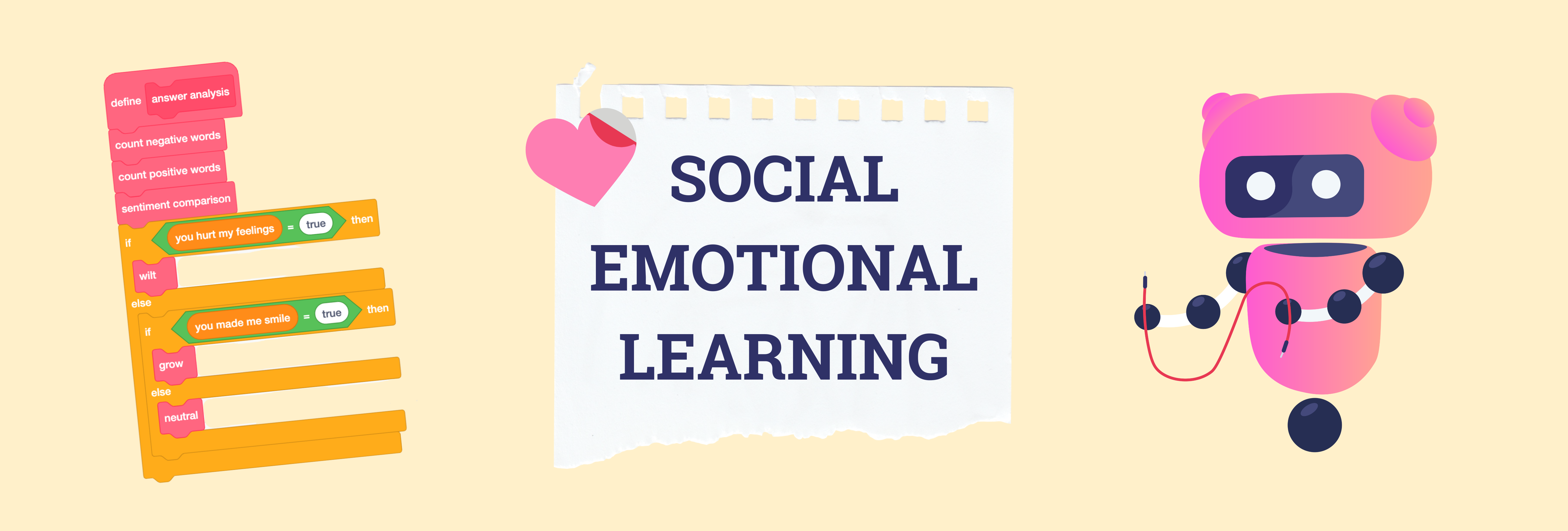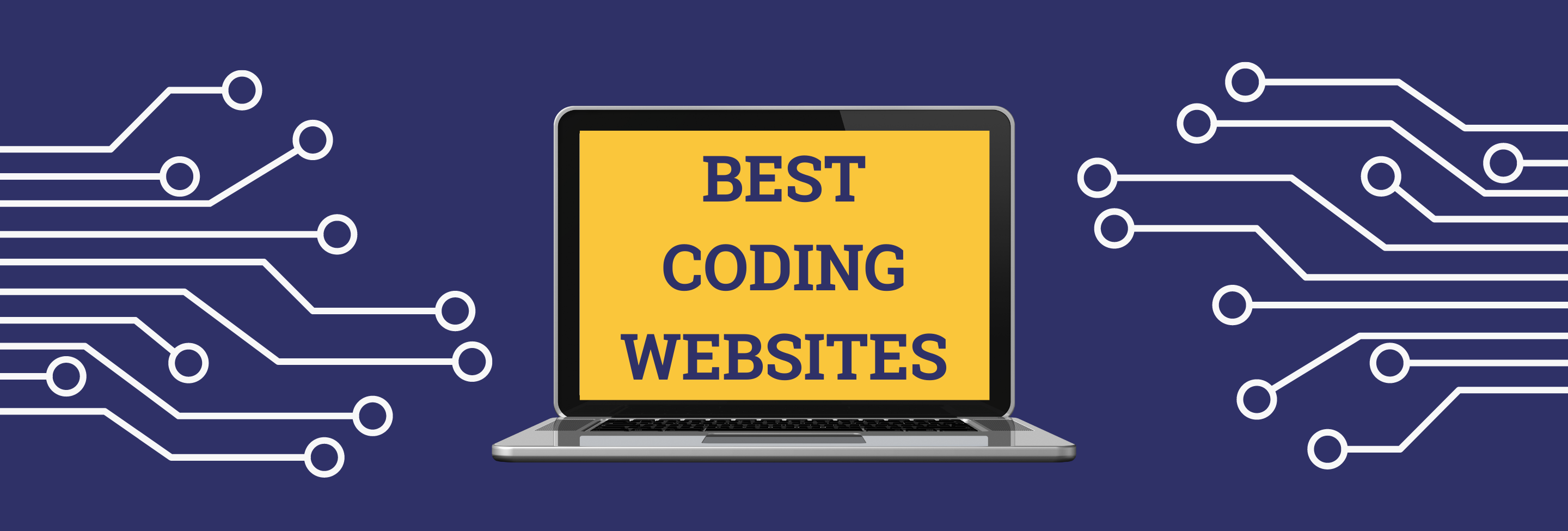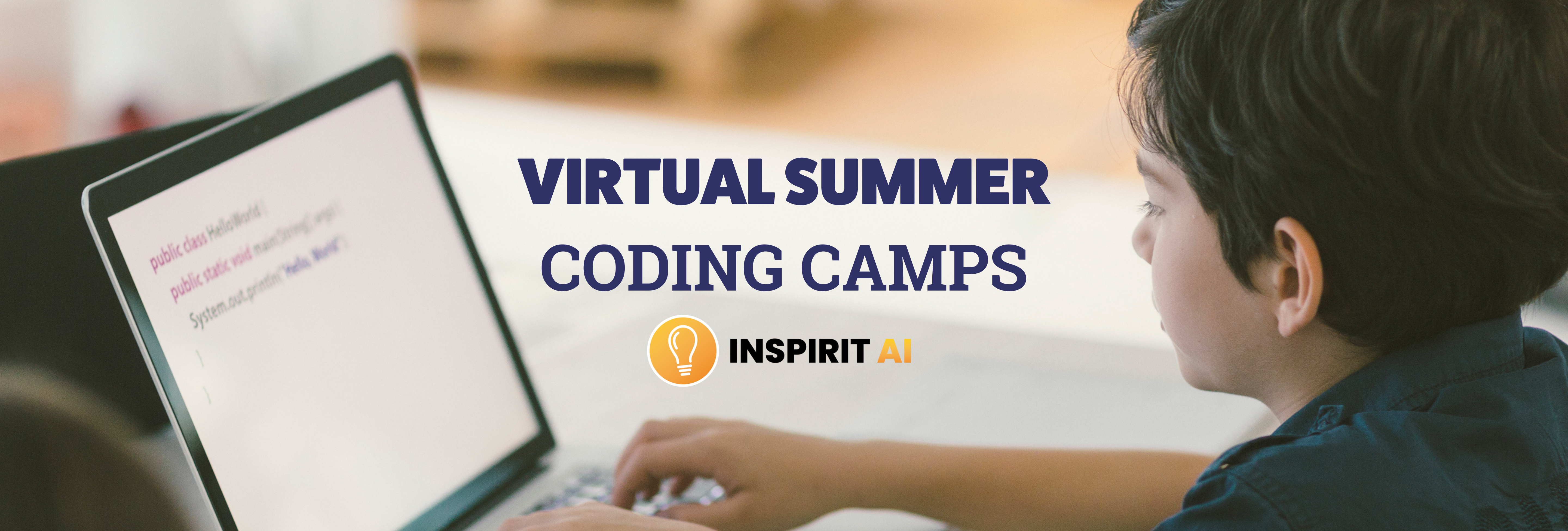Computer Science Basics for Elementary Students

There are so many reasons why kids should learn to code, including developing computational thinking and problem-solving skills. But what computer science basics should young students be learning? At Inspirit AI, we are experts at teaching elementary students computer science fundamentals!
In this blog post, we will break down the key computer science basics that will set elementary students up for success. These coding topics include:
- Algorithms and sequences
- Conditionals
- Loops
- And more!
In our classes at Inspirit AI, we teach these coding topics to our elementary students – and so much more! Learn more about our elementary program here.
Algorithms and Sequences
An algorithm is a set of step-by-step instructions that describe how to perform a task. These steps are used to solve a problem or reach a result. When these steps are placed in a particular order, that is called a sequence!
Algorithms and sequences are all around us.
At Inspirit AI, we like to compare algorithms and sequences to making a recipe. To make a peanut butter and jelly sandwich, for example, you follow a specific process and set of steps.
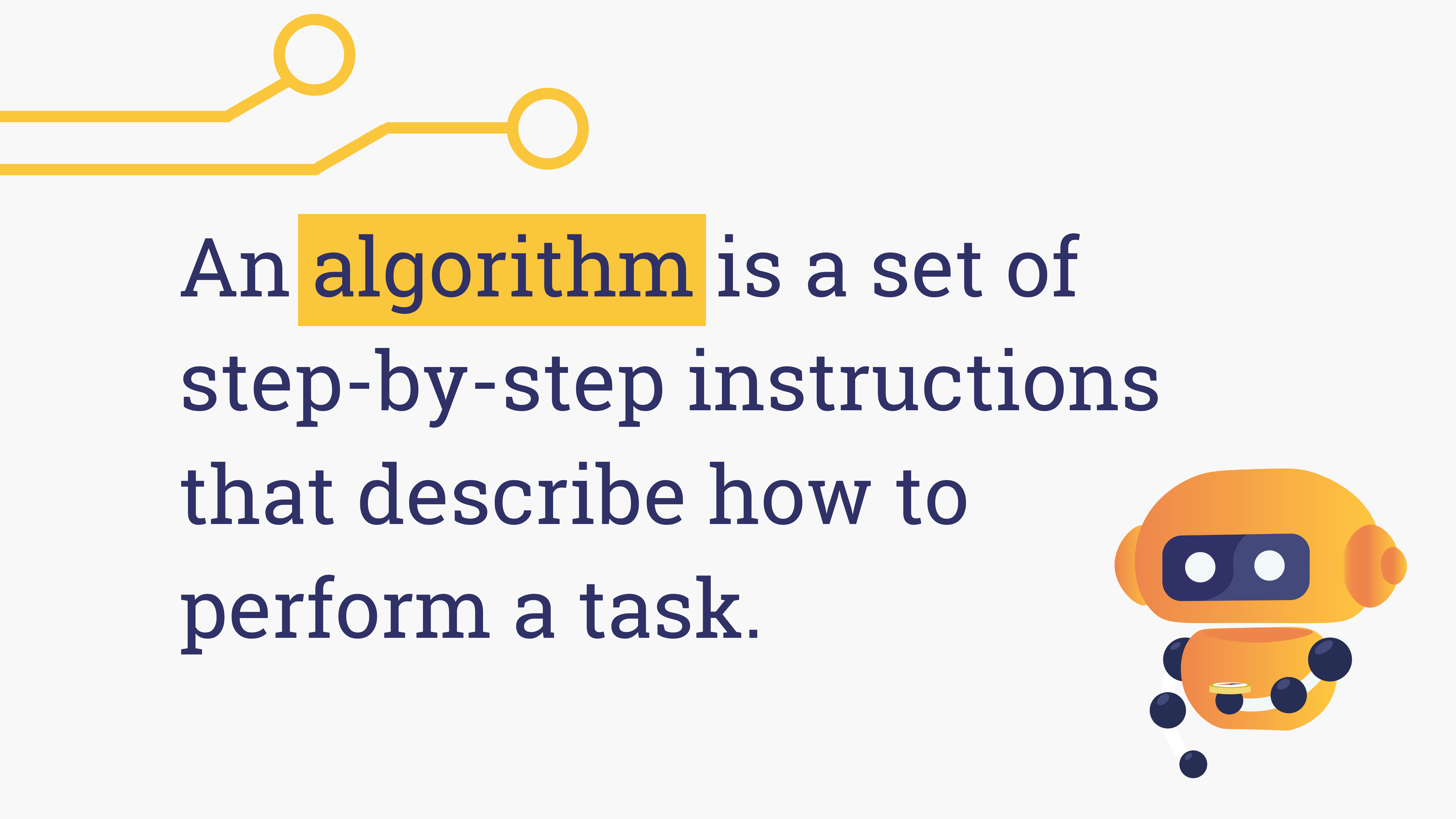
You might:
- Put two pieces of bread on a plate.
- Use a knife to spread peanut butter onto one piece of bread.
- Use a knife to spread jelly onto the other piece of bread.
- Put the pieces of bread together to make a sandwich.
By writing step-by-step directions, we are practicing writing algorithms! By putting these steps in a specific order, we are practicing sequencing!
In computer science, we use algorithms in several different ways:
- To solve problems.
- To sort and search through lists and information.
- To build and train artificial intelligence models!
Algorithms – and algorithmic thinking – are a fundamental part of computer science education!
Learn more about algorithms for kids.
Conditionals
Conditionals are another computer science basic that elementary students need to learn. Much like algorithms and sequences, many students already have an idea as to what a conditional is!
Conditionals (often called If, If/Then or If/Else Statements) are a way that computers make decisions.
In our everyday life, a conditional might look like:
- If it is cold out, then wear a jacket.
- If it is raining, then use an umbrella.
- If you are sleepy, then take a nap.

By learning how to write conditionals using code, students will learn to program computers to make decisions based on a condition!
Loops
A loop is another computer science concept that is great for elementary students to learn. A loop is an instruction that repeats for a certain amount of time. A for loop runs for a preset number of times. A while loop runs while a condition is true.
Loops are also useful for making code more concise. In the example below, we have two chunks of code that achieve the same goal. The one on the right uses a repeat block (a loop) to reach the same outcome with fewer lines of code!

Instead of writing, move forward, turn right, move forward, turn right, move forward, turn right, move forward, turn right, move forward, turn right. We can just write: repeat move forward, turn right five times.
And more!
In addition to computer science basics, like algorithms, sequences, conditionals, and loops, students can also learn additional fundamentals, as they become more familiar with programming.
Other coding concepts include:
- Variables: Much like variables in math, variables in computer programming are used to store information. Variables can hold one or more values.
- Functions: Functions are reusable blocks of code that perform an action. Functions are practical because you can store a “chunk” of code inside a defined block, rather than typing out the same lines of code over and over again.
- Digital Citizenship: Even though digital citizenship isn’t technically a coding concept, it’s still critical for students to learn! Digital citizenship means using technology safely and responsibly. You can learn more on the Common Sense Media website!
At Inspirit AI, we teach our elementary computer scientists about all of these topics and more. Read more about our programs here.
Thank You!
Thank you for reading this blog post about computer science basics for elementary students! If you liked this blog post, you will also enjoy reading our top 5 reasons why kids should learn to code.

Meet our team here.






